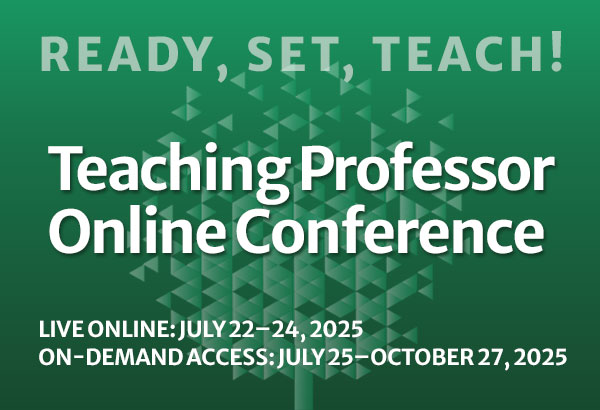
Ten Productivity Strategies Online Instructors Can Borrow from Entrepreneurs
There is no shortage of productivity and efficiency advice for entrepreneurs. An overflowing supply of books, websites, newsletters, podcasts, and videos offer tips, tricks, and strategies to help entrepreneurs manage their time, attention, and priorities.








